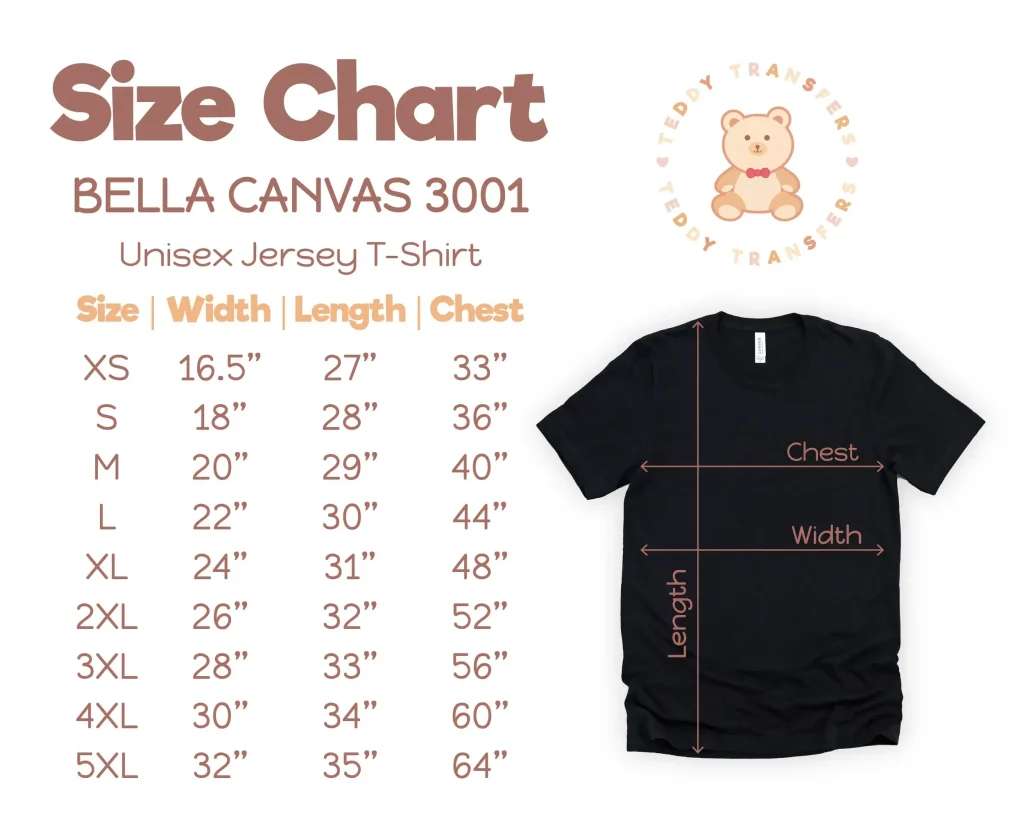Whether you’re a seasoned designer or just diving into the realm of custom printing, understanding DTF transfer size is vital for optimizing your print projects. DTF printing, or Direct to Film printing, enhances the design workflow by allowing vibrant custom designs to be printed on specialized films, which are then transferred to fabrics using heat. However, the size of these transfers can significantly influence transfer efficiency and overall print quality. By mastering the nuances of transfer dimensions, you can streamline your design process while avoiding common pitfalls such as poor adhesion and excessive material waste. In this article, we will delve deeper into how DTF transfer size impacts your workflow and offers insights for achieving successful heat transfer printing results.
When it comes to custom printing applications, the dimensions of transfer prints are crucial for ensuring optimal results. The concept of transfer size encapsulates not only the physical measurements but also the efficiency of the entire transfer process. In many discussions surrounding heat transfer methodologies, the ability to tailor art pieces to fit precise specifications can dramatically improve both aesthetic appeal and functionality. This means that whether you are exploring designs on fabric or experimenting with new materials, understanding the relation between transfer dimensions and print outcomes becomes a key aspect of enhancing your design workflow. In the ever-evolving landscape of custom DTF techniques, keeping sizing in mind will equip you with the knowledge necessary to respond to market demands and refine your printing practice.
Understanding DTF Transfer Size and Its Impact
The size of a DTF transfer plays a pivotal role in the overall effectiveness of the printing process. When designers select transfer sizes that are too large, they may encounter several hurdles, such as poor adhesion or print quality issues. Larger designs might necessitate more complex printing setups and heat application techniques, increasing the time and resources required for production. Ensuring the transfer size aligns with both the fabric’s characteristics and the printer’s capabilities is crucial for achieving vibrant, high-quality results.
Moreover, when optimizing for DTF transfer size, designers must consider how the chosen dimensions will affect the workflow. A well-calibrated transfer size not only boosts production efficiency but also minimizes material waste. For instance, by choosing an optimal size for the artwork, designers can produce multiple prints per transfer, enabling them to save time and enhance their output. As such, an understanding of both creative and technical aspects of size selection is paramount in the DTF printing realm.
Frequently Asked Questions
What is the optimal DTF transfer size for different fabric types?
The optimal DTF transfer size varies depending on the fabric type you are using. Lightweight fabrics often work well with larger designs, while heavier fabrics may require smaller transfers for better adhesion. It’s essential to assess the fabric’s texture and weight to determine the best transfer size for your DTF printing project.
How does DTF transfer size impact design workflow efficiency?
DTF transfer size significantly impacts design workflow efficiency by minimizing the need for multiple prints and reducing material waste. By matching the transfer size to the capabilities of your DTF printer, you streamline the printing process, enhance productivity, and achieve higher quality results.
Can I customize my designs to fit different DTF transfer sizes?
Yes, customizing your designs to fit specific DTF transfer sizes is a best practice that ensures optimal print quality. Adjusting artwork elements to fit within practical dimensions helps maintain details and ensures that your designs are successfully applied during the heat transfer process.
What are the complications of using oversized DTF transfers?
Using oversized DTF transfers can lead to poor adhesion, excessive material waste, and the need for multiple prints, which complicates your production process. It’s vital to understand your DTF printer’s limitations and select a transfer size that aligns with these parameters to avoid these issues.
How can I improve transfer efficiency in DTF printing?
To improve transfer efficiency in DTF printing, focus on selecting optimal transfer sizes, understanding fabric characteristics, and ensuring your design aligns with printer capabilities. Additionally, experimenting with different sizes and documenting outcomes can lead to continual improvements in your heat transfer printing workflow.
What trends in DTF transfer sizing should designers be aware of?
Designers should be aware of trends emphasizing customization and the demand for high-quality, intricate designs in DTF transfer sizing. As more businesses adopt DTF printing technology, understanding how to leverage the right transfer sizes will be crucial for enhancing product offerings and staying competitive.
| Key Points | Details |
|---|---|
| Introduction | DTF transfer technology is a game changer for design workflows. |
| Understanding DTF Printing | Combines design creation, printing on film, and heat application. |
| Importance of Sizing Considerations | Optimal size can enhance production efficiency; larger sizes may complicate transfer. |
| Balancing Design and Transfer Size | Maintain aesthetics and functionality through proper sizing. |
| Market Trends and Their Influence | Growing demand for custom prints necessitates understanding transfer sizes. |
Summary
DTF transfer size is a crucial factor influencing the efficiency and quality of the custom printing process. As the market shifts towards more personalized and intricate designs, the ability to effectively manage and optimize DTF transfer sizes becomes a vital aspect for designers and printers. By understanding the nuances of transfer sizing and implementing best practices, businesses can enhance their operational workflows while delivering high-quality products to satisfy their customers’ demands.

